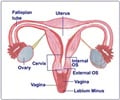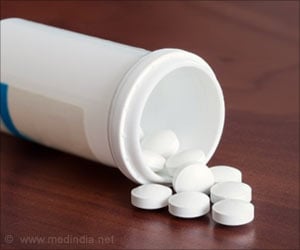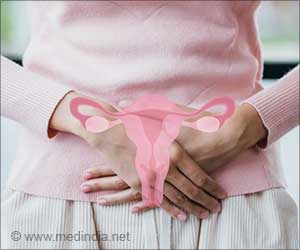Menopause, which marks the end of a woman’s reproductive years, usually occurs around age 50 or 51. But for various reasons, some women experience early menopause.
Menopause, which marks the end of a woman’s reproductive years, usually occurs around age 50 or 51. But for various reasons, some women experience early menopause. Early menopause can be an emotional blow and can increase the risk of health problems, including osteoporosis and cardiovascular disease.
The February issue of Mayo Clinic Women’s HealthSource describes types of early menopause.Premature menopause: Though there is some debate over the age of onset that defines it, premature menopause is often defined as menopause before age 40. There are no more menstrual periods, no ovarian function, and pregnancy is no longer possible.
Premature ovarian failure: This is similar to premature menopause, but women can have intermittent, unpredictable ovarian function for years, may occasionally release an egg (ovulate) and, rarely, can become pregnant. About 1 percent of American women experience premature ovarian failure; the average age of onset is 27 years.
Treatment-induced menopause: Certain surgical or medical treatments can cause early-onset menopause, including ovary removal, chemotherapy or radiation therapy.
The standard treatment for early-onset menopause is hormone therapy until you reach the average menopausal age. And that raises questions about the risks of hormone therapy. The results of the Women’s Health Initiative trial, a study suggesting risks related to hormone therapy, don’t apply in the same way to women with premature menopause or premature ovarian failure.
Early menopause, whatever the cause, is quite different from the average menopause experience. And each woman’s experience differs. A knowledgeable, experienced doctor with expertise in reproductive hormone disorders is critical to helping you work out the best way to stay healthy during early-onset menopause.
Advertisement
SRM









